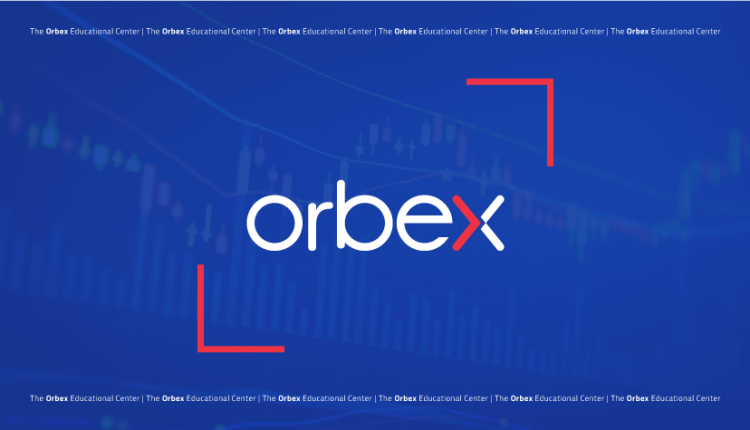Avoiding big losses and trading consistently

It’s normal for trades to end positively and negatively. No one has a perfect track record in predicting the market, and every consistently profitable trader will have regular losses. As a general rule, it’s not these routine losses that will hurt your trading.
It’s the big losses that will get you.
The thing about these big losses is that they are totally unexpected and they are often contrary to the trader’s strategy. They are, by and large, anomalies. Because of that, they are so dangerous.
Keeping things steady
As a general rule, most traders keep their trades protected with judicious stop losses. That keeps them from being grossly impacted by sudden moves in the market. And, in fact, most people’s big losses don’t come from sudden market moves.
Few people like to admit to making mistakes, but let’s face this head-on: traders will make mistakes, and one of those is to get in over their heads with a trade. Because the big losses don’t come from the platform, or the strategy, the problem is with the trader; and that often makes being prepared for them all that more difficult. We really don’t like to think that we’d do something that would lead us to lose money.
Where it starts
The root problem for why traders have big losses is pretty simple: they took on too much risk. But, we need more information if we want to understand this well enough not to find ourselves in the same situation.
There are basically two major blunders that traders make, which lead to huge losses:
Getting greedy: This is when the trader gets too confidant in their ability to predict the market and enters a trade that is significantly bigger than their risk profile suggests. They just “know” the market is going to go up, so they buy big – more than they know they should. While it’s typically a rookie mistake, professional traders with long careers do this, too.

Not getting out in time: The more insidious form of a big loss happens when a trader decides to move their stop loss in the hope that the market will recover. But it doesn’t. It just keeps getting worse, and the trader has so much on this trade that he can’t bring himself to close it out – because what happens if it turns right after taking that loss? – and eventually the trade just trails into a large loss.

This is one of the major reasons why some – a lot, really – traders insist on sticking robotically and religiously to your trade size and stop loss. If you have a steadfast rule to never, ever move your stop loss, then you are less likely to fall prey to the temptation of avoiding a loss. You do however, risk getting stuck in a bigger losing trade. And unless you are sure you can bring yourself to take a loss or forego an opportunity to cash in with one big trade… you probably should stick to that advice.
There is a third form that is a something of a combination of the previous two: where you keep piling into a trade that in the end won’t work out. For example, you get a signal that the market is going to go down. So, you sell. But the market goes up a bit. Well, time to take another sell, you think; it’s going to go down, and you’re going to make more money, right? Well, the market goes up again, and you take this opportunity to put in another sell – you are now three times above your normal trading profile. If the market goes the wrong way, you are in a bigger loss position.

The rule of thumb with trading is to keep consistency. Regular long-term profits are achieved by consistent trading – not making a killing in one trade, or by hoping the market will turn around.




